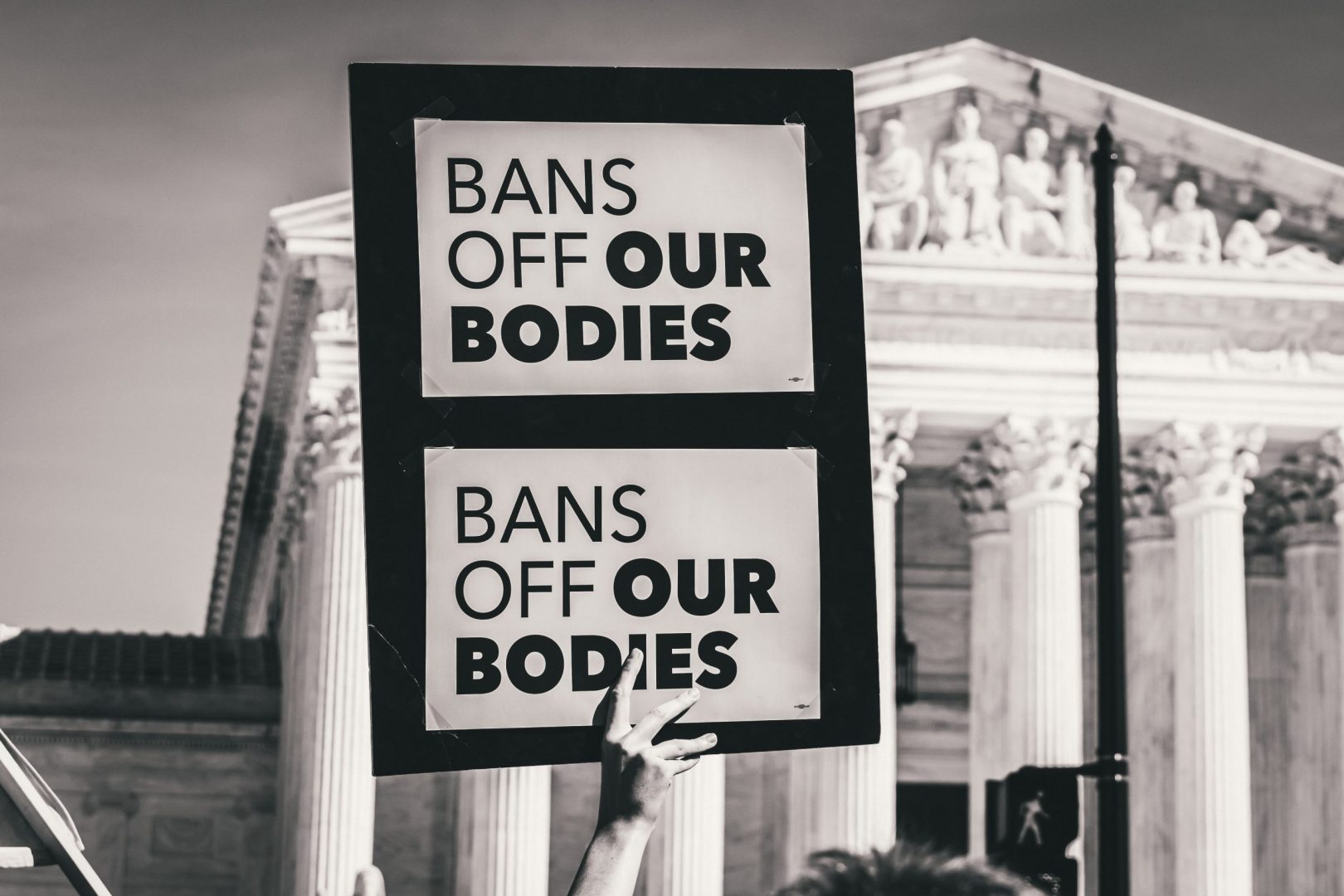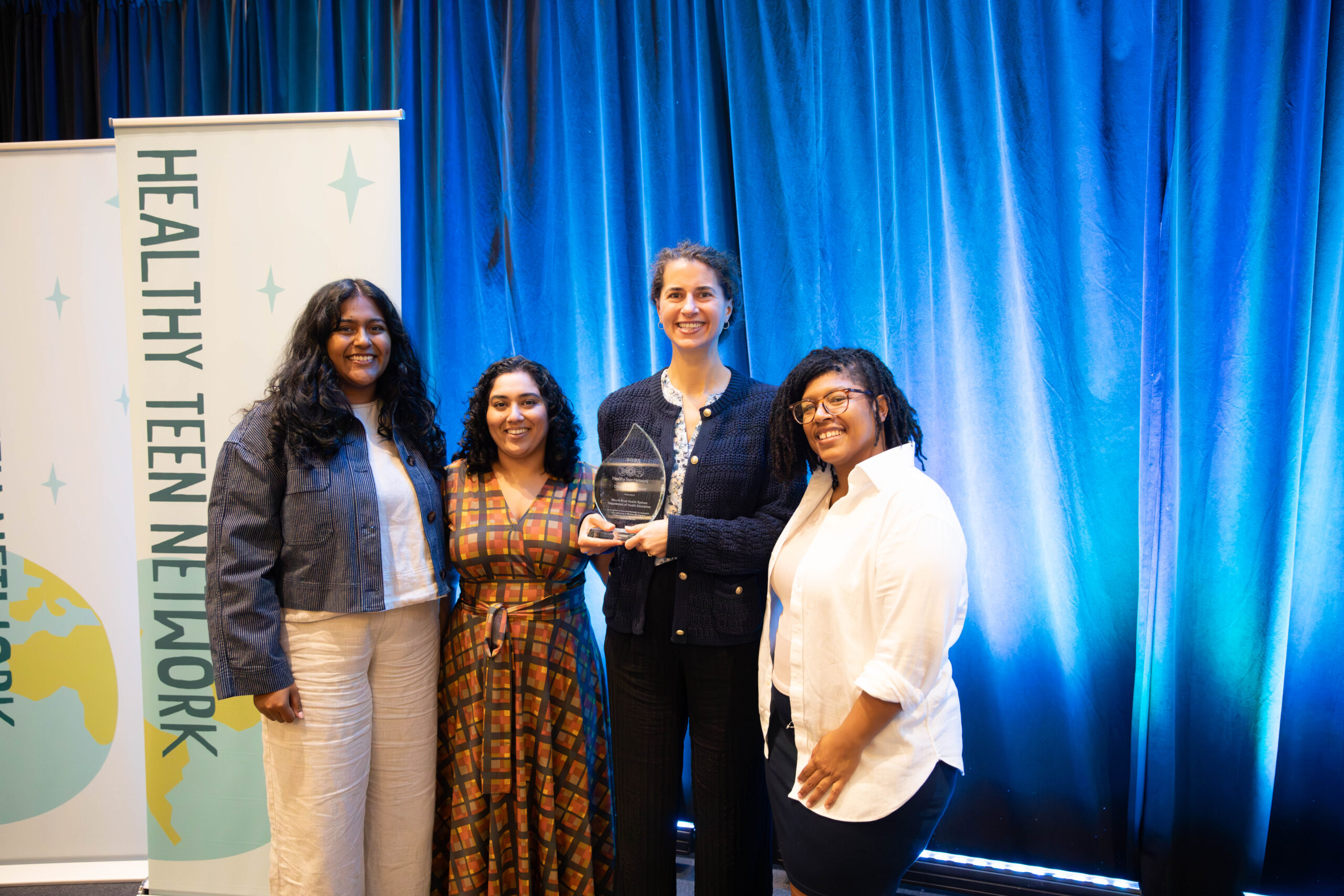A
t work, I’m learning about trauma-informed and healing-centered approaches for supporting young people and the professionals who work with them. In my home life, I am discovering how to parent through connection, rather than correction. In both contexts, the same lesson holds true: when people don’t feel safe, neither growth nor healing is possible. Establishing safety—physical, emotional, and psychological—is foundational to everything else. Safety is the bedrock on which connection, collaboration, learning, and empowerment are built.
Establishing safety—physical, emotional, and psychological—is foundational to everything else.
Defining Safety
Safety comes in many forms. Physical safety is the most tangible—it’s protection from external threats. Emotional safety, as offered in Cardea’s Trauma-Informed Guide to Sex Education, refers to “the feeling that your innermost thoughts, feelings, and experiences are, and will be, honored as one honors themselves.” Emotional safety invites people to be vulnerable and authentic without fear of judgment. Finally, psychological safety is the ability to express ideas, concerns, and feelings without fear of punishment or negative consequences.
Safety & The Brain
From the moment we’re born, we begin to gather information about the world around us, learning to recognize cues of safety or danger. These cues are processed by the brain, shaping our emotions, thoughts, and behaviors. When we sense danger, our brain triggers a survival response—fight, flight, or freeze—and floods our bodies with stress hormones. During these moments, the part of our brain responsible for thinking, reasoning, and connecting shuts down. Simply put, we need to first feel safe to move out of survival mode and to access our best, our most present, our most regulated, and our most rational selves.
We know that many young people today grow up in environments or relationships where they are not physically, emotionally, or psychologically safe. Systemic oppression, socio-economic inequities, neighborhood violence, domestic conflict, familial strife, and more can put their brains and bodies in “survival response overdrive.” In fact, studies show that two-thirds of U.S. adults report experiencing childhood trauma, and these adverse childhood experiences (ACEs) are linked to numerous negative outcomes. Not only is this alarming, but it begs us prioritize physical, emotional and psychological safety for young people (and all people).
The Essential Role of Safety
The National Child Welfare Workforce Institute authored a Healing Guidebook that presents four core areas of healing from trauma: Protect (aka ensure safety), Grieve, Connect, and Regulate. The Guidebook emphasizes that, “without safety, nothing else matters.” Similarly, The Substance Abuse and Mental Health Services Administration (SAMHSA) presents six key principles to adhering to a trauma-informed approach: Safety, Trustworthiness and Transparency, Peer support, Collaboration and Mutuality, Empowerment, Voice and Choice, and Cultural, Historical, and Gender sensitivity. Safety is listed as the first principle, and arguably the most critical. Trauma-informed care is grounded in the understanding that traumatic experiences overwhelm and terrify individuals, and it is committed to restoring a sense of safety, power, and self-worth. A trauma-informed provider—whether a parent, educator, or professional—recognizes the impact of trauma and strives to create a safe space for healing and growth. Only when safe, can true healing work begin.
Safety, Regulation, and Connection
For young people, safety often comes through the presence of a protector—a secure, nurturing adult who consistently says, “I’ve got you, no matter what.” This protective relationship is the foundation of healing, and the presence of even one trusted, safe adult can make all the difference in a child’s life. In my own parenting journey, I’m learning about the relationship between safety, emotional regulation, and connection. Dr. Becky Kennedy, author of Good Inside, offers that regulation is a combination of safety and goodness. She describes this process by saying: “We must establish safety first… This is our first and foremost job as a parent: make sure our child is safe. Once safety is ensured, we can then regulate ourselves, embrace our own goodness (“I am a good parent!”), and reflect that goodness back to our children. Children respond to the versions of themselves we reflect back to them.”
The Power of Safety
Safety manifests when individuals are free from harm and feel comfortable expressing themselves authentically—when they feel heard, seen, and affirmed. Whether in the context of work or parenthood, safety is not just a nice-to-have; it is a must. It is the very foundation upon which trust, connection, and healing are built. Only when safety is ensured can we move beyond survival mode and create environments where learning, growth, and healing are possible.
PHOTO BY: KELLY SIKKEMA
Mackenzie Piper, MPH, CHES, is passionate about all young people having access to comprehensive and inclusive sexual health information and services. She has experience providing training and technical assistance to healthcare and social service providers, and facilitating comprehensive sex ed programs to young folks. Read more about Mackenzie.








